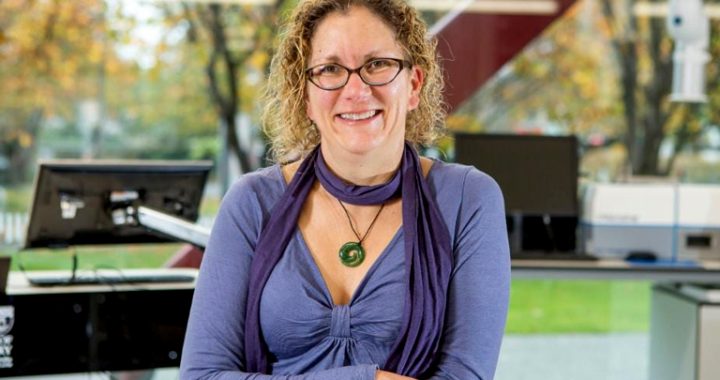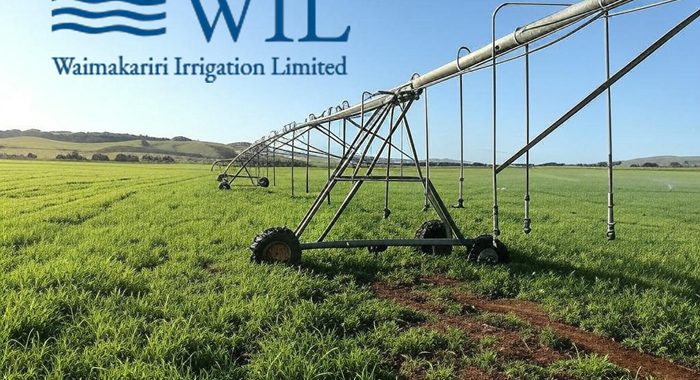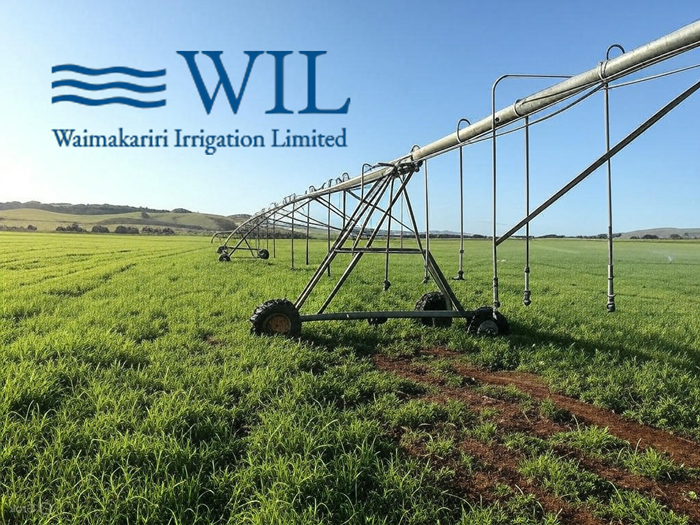Driving the Future of Freshwater Farm Planning with QCONZ FWFP Tool
Teaching the Bachelor of Environmental Science degree at the University of Canterbury, Professor Ann Brower is shaping the future of environmental science and resource management. One of her key teaching strategies is providing students with hands-on experience in freshwater farm planning – as critical component of sustainable environmental management.
To enhance their learning, Ann recently introduced the QCONZ FWFP tool, a decision inspired by a conversation with a farm environmental consultant at the Environmental Defence Society Conference. He told her he used the QCONZ FWFP tool for freshwater farm planning and described it as easy to use and rapidly becoming the industry standard. Intrigued, Ann reached out to QCONZ to learn more and soon decided to integrate it into her curriculum.
“It worked quite well,” Ann shares. “It was a good fit because it could handle multiple logins. The students appreciated its methodical and systematic approach to identifying risk areas and managing farm environments. They genuinely enjoyed using it.”
The impact of this change extends beyond the classroom. While students initially see the tool as just another workshop exercise, their perspective shifts once they enter the workforce. “After their internships, they recognize its real-world relevance. And in job interviews, when they mention experience in farm environmental planning, employers respond with ‘Oh, yes please!’” says Ann.
Tillie King, a 4th year Bachelor of Environmental Science with Honours student at UC was positive, “I think farm planning and learning about the tools available are super important to learn as budding environmental scientists. It was brand new to me that there were these types of tools available, and I think it is important to learn about why farm planning is important and how it can be beneficial. Using these tools as teaching tools has been a great experience, and I think it provides very useful skills and knowledge to take into the workplace and beyond.”
For Justin Moss, GM of Information Technology at QCONZ, this feedback is invaluable. “We love working with University of Canterbury on this. Seeing our tool play a role in educating the next generation of environmental professionals is incredibly rewarding.” He also acknowledges the dedicated QCONZ FWFP team, whose hard work has helped shape the FWFP tool into an essential industry resource.



